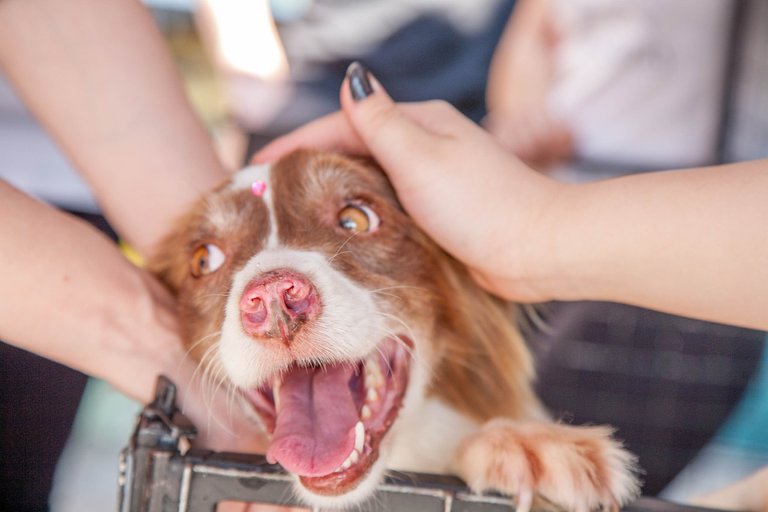
We all hope that a disaster will never happen to us. Sadly, it seems like daily we are hearing about another family or community being struck with devastation and tragedy. It may be difficult to imagine what those poor victims are going through unless you have been there yourself.
If not, it's really important to remember that it can happen to you and the best way to survive a disaster is to be prepared. When I say prepared I mean your whole family, pets included.
When you are assembling disaster preparedness kits for your family be sure to include one for each of your pets. Keep the pets first-aid kit in your home and be sure to grab it in case of disaster or also when traveling with your pet. Here are some basic items to include in your pets' emergency preparedness kit:
- Have a folder with your pets' vaccination records and any important medical records, also include a picture of your dog (in case pet gets lost).
- Phone numbers for your veterinarian and also the nearest emergency veterinary clinic. Also include the number for a poison control center.
- A Pet first-aid book
- Keep these items in a waterproof container or gallon zip lock bag.
Other more pet specific items would include a nylon dog leash or pet carrier to control your animal as it may be frightened. A muzzle or strips of cloth to prevent biting, if your pet is injured they may bite in fear. Also include Basic first-aid supplies:
- Absorbent gauze pads
- Adhesive tape
- Antiseptic wipes or spray
- Cotton balls or swabs
- Gauze rolls for packing or covering injuries.
- Hydrogen peroxide (to induce vomiting, only if instructed by Vet or Poison Control)
- Ice Packs
- Disposable gloves
- Rectal thermometer /Petroleum Jelly
- Scissors (blunt ended)
- Sterile non-stick gauze pads for bandages
- Sterile Saline Solution
- Tweezers
- Benadryl for allergic reactions
- Needle-nosed pliers / tweezers
- Penlight or flashlight
- Ear-cleaning solution
- Styptic powder or pencil (for minor bleeding)
- Hard card to scrape away insect stingers
- Triple Antibiotic ointment
- Emergency blanket for warmth
Along with these items it's important to be sure your dog always wears current identification either on its collar or preferably a microchip. That way if you and your pet separated you will have a better chance of being reunited with your pet.
If your area is being evacuated always take your pet with you, if it's dangerous for you it just as dangerous for your pet. Never leave a pet behind in a cage or tied up, if possible you should evacuate before it is mandatory so you have extra time to get your pets to a safe place.
Also be ready for emergencies that could occur when you aren't at home to assist your pet directly. Place a sign or stickers near all outside doors that states that you have pets in your home. Be sure to include the number of pets you have, the type of pets and a number you or your veterinarian can be reached. It is also helpful to ask a trustworthy friend or neighbor to check on your pets in case of emergency.